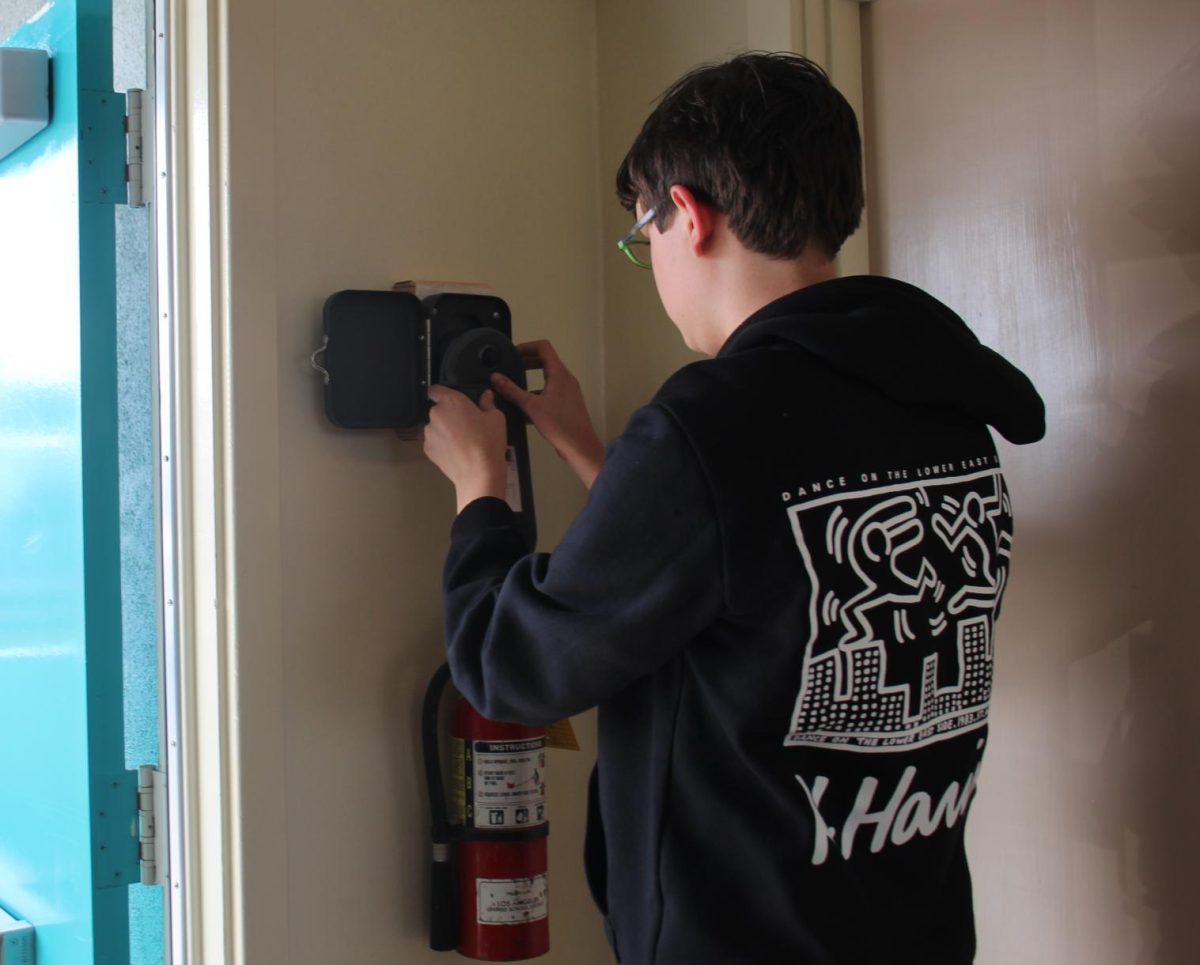By ENRIE AMEZCUA
After a day-long debate, Gov. Jerry Brown’s proposal of a new spending rule for districts was approved and should benefit students for the next eight school years.
Brown first proposed the Local Control Funding Formula (LCFF) in 2012, but it was turned down by the Legislature. However, in June of last year, it was approved by the 11-member state Board of Education, giving the next school year something to look forward to.
Schools will be following a new set of rules that would benefit high-needs students. Depending on the state’s overall budget, this new system is estimated to give all schools an estimate grant of $7,643 per student and a 20 percent bonus to students who are low-income, English learners or foster children.
There will be additional funding for schools where concentration of those students are above 55 percent.
As the Los Angeles Unified School District (LAUSD) begins to rebuild from the recession, one of the goals “is to bring back other programs and other personnel, for instance librarians and library aids, psychiatric social workers, college counselors and students counselors,” said School Board Member Tamar Galatzan’s Chief of Staff Barbara Jones.
Some school districts, such as Long Beach Unified and LAUSD have begun forming plans to follow these new rules and have held meetings to gather input from the public. LAUSD Supt. John Deasy commented in the Los Angeles Times that this new formula allows districts to collaborate with their communities to determine the best approach for students.
During the next eight years, districts will receive funds from property taxes as well as additional funds from the quarter increase in California sales tax. During the first year of the LCFF, LAUSD will begin to pay off the structural deficit that was made when the district continued paying to provide preschool and summer school.
State Supt. of Public Instruction, Tom Torlakson commented in the Los Angeles Times that due to this funding change, the state and district will encounter bumps and mishaps, as well as difficulties. It has been nearly 40 years since the last change. Under the old system, the state did not take in student demographics and the money was controlled by the state.
“This is biggest change in education funding in a generation, since the passing of Prop. 13,” Jones said.







